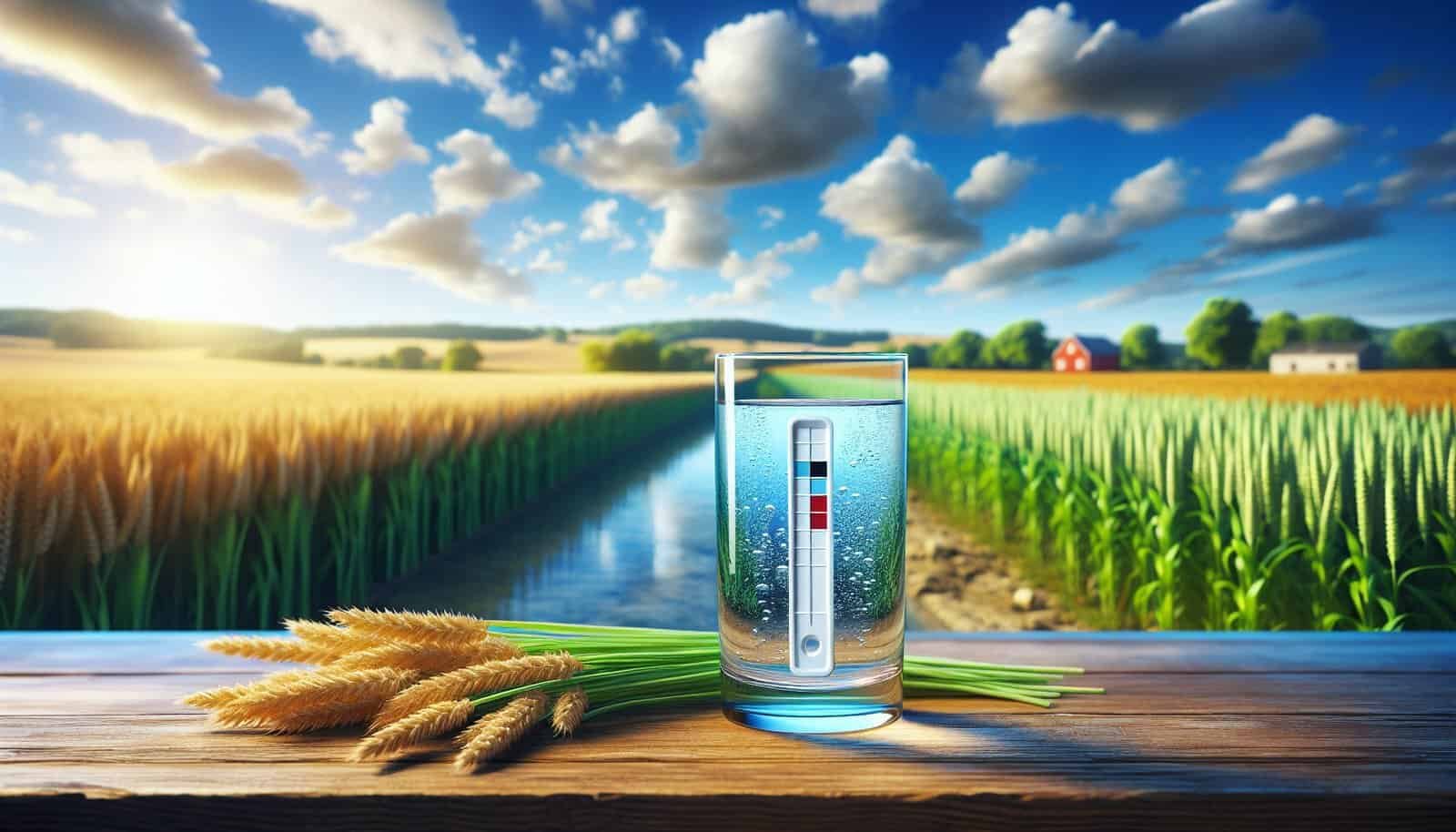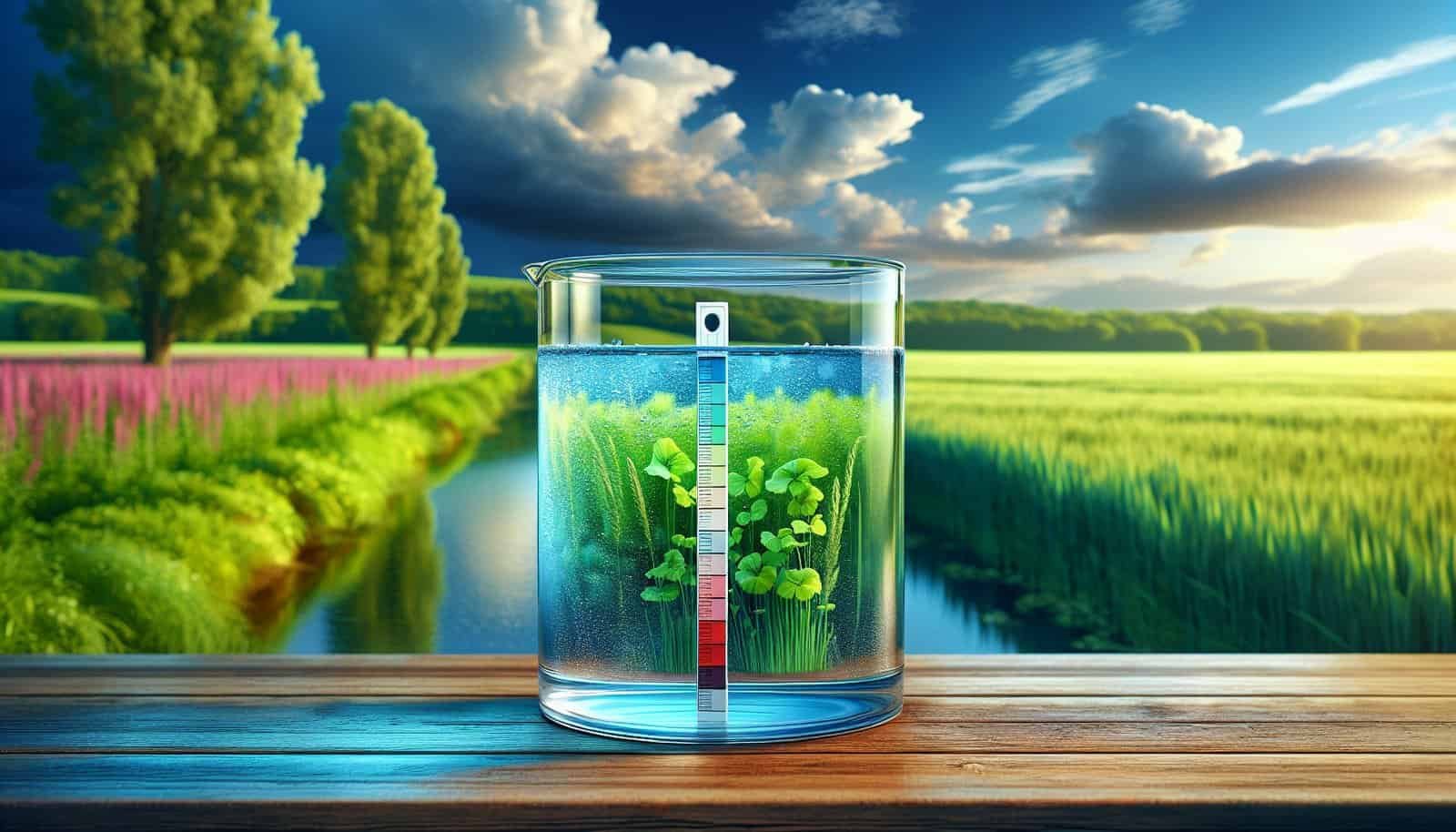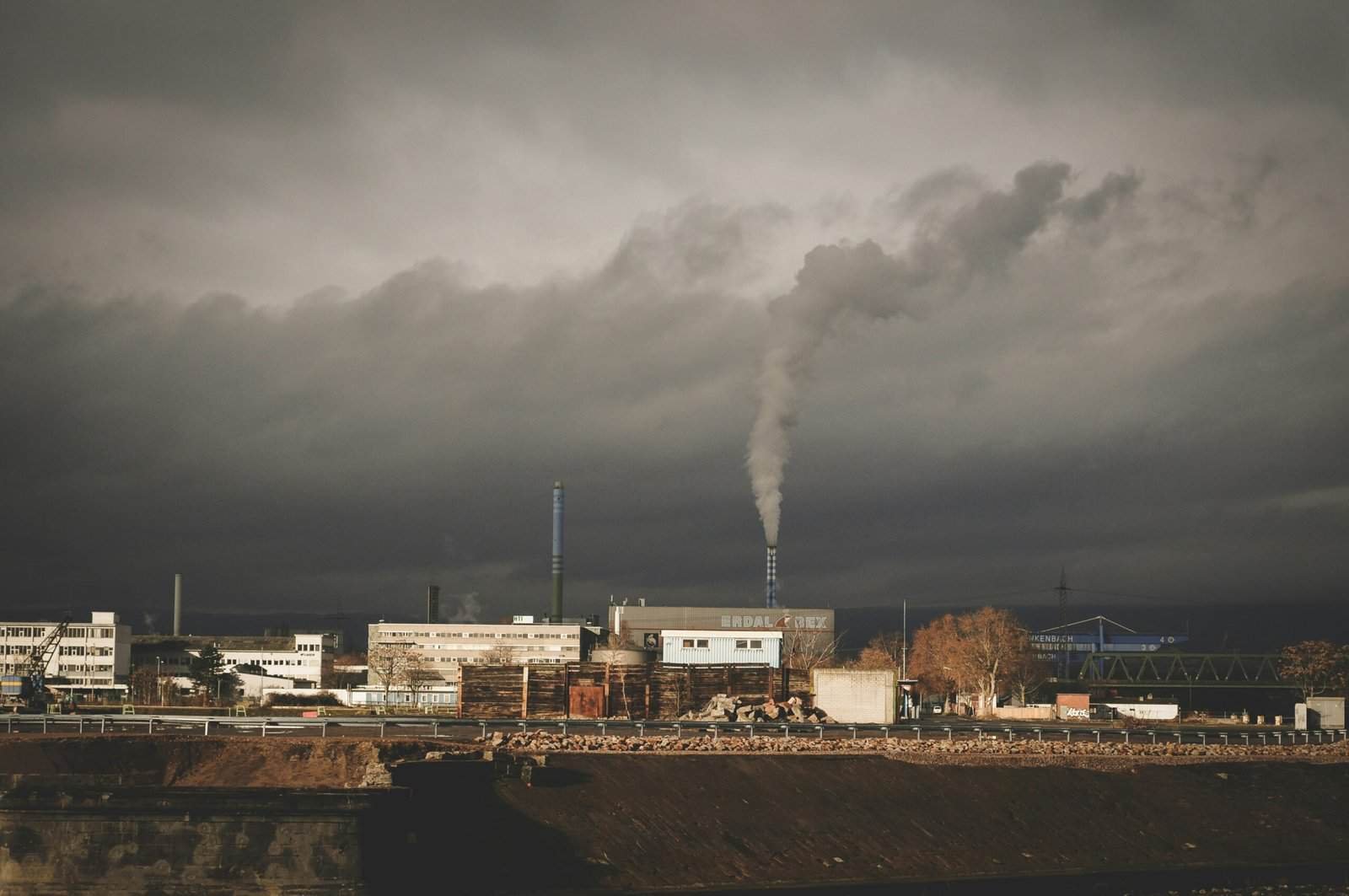Have you ever wondered about the quality of the water you drink every day? Water is one of the most vital resources we rely on, and its purity is essential for our health and well-being. However, one contaminant that has raised concerns over the years is nitrate. Nitrate contamination, often linked to agricultural practices and natural processes, is more common than many people realize and can pose various health risks.
In this article, we will explore the world of nitrate contamination, breaking down what it is, how it occurs, and the potential dangers it presents to both human health and the environment. By understanding the complexities of nitrate contamination, you will be better equipped to make informed decisions about your water supply and any necessary steps to ensure its safety.

What is Nitrate?
Before delving into contamination, it’s important to understand what nitrate actually is. Nitrate is a naturally occurring compound found in soil, water, and air. It is made up of nitrogen and oxygen with the chemical formula NO₃⁻. This compound is a crucial nutrient for plants, providing the nitrogen they need to grow and thrive. It occurs both organically through the decomposition of plant and animal matter and through human activities such as agriculture and waste disposal.
Sources of Nitrate
Nitrate finds its way into the environment from a variety of sources. Let’s look at some of the most common:
- Agricultural Practices: The use of fertilizers is a major contributor. Fertilizers high in nitrogen are frequently applied to boost crop yields. This can lead to excess nitrate finding its way into the groundwater.
- Animal Waste: Livestock farming produces significant amounts of waste, which can seep into soil and water sources if not managed properly.
- Wastewater Treatment Plants: Though these facilities are intended to treat and cleanse water, they can release nitrates if not effectively managed.
- Natural Processes: Processes like lightning can fix atmospheric nitrogen into nitrates which subsequently deposit in the soil and water bodies.
- Industrial Processes: Certain industries produce nitrogen-based compounds which can leach into water supplies.
Each of these sources contributes to the overall nitrate levels in the environment, posing a potential risk for contamination.
How Does Nitrate Contamination Occur?
Nitrate contamination primarily occurs when nitrate levels exceed natural levels, often due to human activities mentioned earlier. Once in the soil, nitrates can easily move through the soil profile into the groundwater due to their high solubility and mobility.
Pathways of Contamination
- Leaching: Excessive irrigation or rainfall can cause nitrates to leach from the soil into groundwater supplies.
- Run-off: Rainwater can carry nitrates from fertilized fields into nearby rivers, lakes, systems, and ultimately municipal water supplies.
- Manure Management: Improperly stored or excessive animal waste can lead to nitrate contamination of nearby water sources.
By understanding these pathways, you can appreciate the importance of managing agricultural and industrial practices to prevent nitrate infiltration into drinking water supplies.
Health Implications of Nitrate Contamination
The concern with nitrate contamination largely revolves around its effects on human health. When water containing high nitrate levels is consumed, it can interfere with the body’s ability to carry oxygen.
Health Risks
- Methemoglobinemia (Blue Baby Syndrome): Infants are particularly vulnerable to this condition, where nitrate is reduced to nitrite, which binds to hemoglobin in the blood, reducing its oxygen-carrying capacity.
- Cancer Risks: Some studies suggest a correlation between high nitrate levels and certain types of cancers, such as gastric cancer, due to the formation of carcinogenic nitrosamines.
- Thyroid Problems: Nitrate can disrupt thyroid gland function, affecting hormone production and metabolic processes.
- Reproductive Issues: There is some evidence that high nitrate exposure can lead to reproductive problems such as birth defects or miscarriage.
Understanding these risks highlights the importance of monitoring and managing nitrate levels in drinking water.
Environmental Impact
Besides human health, nitrate contamination profoundly affects ecosystems. When excess nitrates enter water bodies, they can lead to a process called eutrophication.
What is Eutrophication?
Eutrophication occurs when water bodies receive an excess of nutrients (like nitrates), leading to overgrowth of plants and algae. While initially this may sound beneficial, it can have several negative consequences:
- Algal Blooms: These blooms can produce harmful toxins that affect aquatic life and even humans who consume contaminated water.
- Oxygen Depletion: As algae and plants die, their decomposition consumes oxygen in the water, leading to zones of low oxygen or “dead zones” where aquatic life cannot survive.
- Biodiversity Loss: The changes in water quality and availability can alter habitats and decrease biodiversity within the affected ecosystems.
This highlights the necessity for controlled agricultural practices and pollutant management to reduce the impact of nitrate on the environment.

Regulations and Standards
To combat the risks arising from nitrate contamination, various countries have established regulations and standards. These are designed to limit the levels of nitrate in drinking water and safeguard public health.
International Standards
Organizations such as the World Health Organization (WHO) and Environmental Protection Agency (EPA) have set guidelines for nitrate levels in drinking water.
- WHO Guidelines: Recommends a maximum concentration of 50 mg/L as nitrate for safe drinking water.
- EPA Standards: The Safe Drinking Water Act sets a standard of 10 mg/L measured as nitrogen.
These standards are vital in protecting the public and ensuring water utilities maintain safe water supplies.
Mitigating Nitrate Contamination
Thankfully, there are strategies and technologies available to mitigate nitrate contamination both at the source and at points of consumption.
Best Practices for Source Management
- Agricultural Management: Applying fertilizers in the right amounts and at the right times can reduce nitrate runoff. Crop rotation and cover crops can also improve soil health and reduce reliance on chemical fertilizers.
- Manure Management: Proper management and storage of animal wastes can significantly reduce nitrate leaching into the soil and groundwater.
- Buffer Zones: Establishing vegetative buffer zones along waterways can trap and utilize excess nitrates before they enter water bodies.
Water Treatment Solutions
- Ion Exchange: This process can remove nitrates from water by replacing them with chloride ions.
- Reverse Osmosis: Forces water through a membrane that removes nitrates, among other contaminants.
- Biological Denitrification: Utilizes bacteria to convert nitrate into nitrogen gas, which is then released harmlessly into the atmosphere.
By implementing these strategies, you can effectively reduce or eliminate nitrate contamination from affecting water supplies.

Key Takeaways
Understanding the nuances of nitrate contamination empowers you to take proactive steps in safeguarding water quality, whether by advocating for better practices in agriculture or supporting water treatment advancements. Awareness and education are your best tools in ensuring that drinking water remains safe and free from hazardous levels of nitrate contamination.
Conclusion
Our discussion of nitrate contamination reveals a complex interplay between natural processes and human activities. While nitrate is a necessary nutrient for plant growth, its ramifications when found in excess are profound, affecting both human health and environmental balance. By acknowledging the sources, pathways, and effects, and by taking advantage of current solutions and preventative measures, you can help fight against this hidden threat in the water supply. Together, informed individuals and communities can create a safer, healthier world, free from the dangers posed by excess nitrates in the environment.

